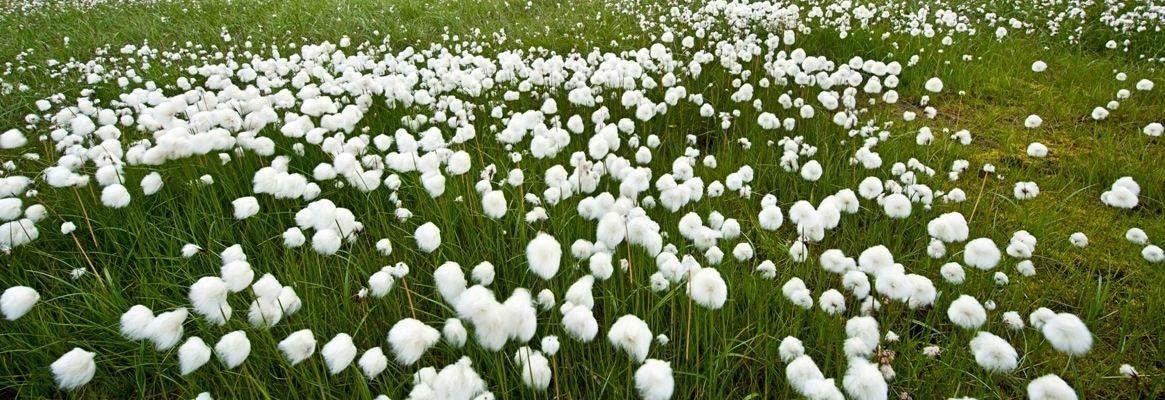Cotton production in Greece surged by 18.80 per cent In MY 2019/20 over the previous season due to significant rise in area harvested, favourable weather conditions during harvest, and good yields in major cotton growing districts. A report
Major cotton producer
Greece is the major cotton producer in the European Union (EU) and contributes more than 80 per cent of total cotton production of EU. Cotton is the most significant crop for Greek's agricultural production and shares more than 8 per cent of total agricultural output of the country. Thessaly, Macedonia, Thrace, and Mainland Greece are the major cotton-producing areas of Greece.
Cotton plantation period in Greece is from March 1 to April 15 and the crop life is approximately 170 to 210 days, depending on the variety and weather conditions.
The harvesting period in the country is from October 1 to November 30, and most of the cotton is machine harvested.
In MY 2019/20, the cotton production estimation of Greece was 1.67 million equivalent to 480 lb bales with a surge of 18.80 per cent over the previous season due to the significant rise in the area harvested, favourable weather conditions during harvest, and good yields anticipated for the 2nd consecutive year in the major cotton growing districts of Thessaly and Macedonia. The cotton acreage increased by 16.30 per cent, registering 285,000 ha. Area harvested to cotton in MY2020/21 is expected to remain flat.
The ministry of rural development and food has granted cotton farmers 5 special exemptions for acaricides, and 2 for herbicides for use during the period between March 2019 and December 2019. Most of the ginning companies of Greece built their ginning units in the 90's and have very high production capacity. Around 80 per cent of the companies are privately owned while the remaining are cooperatives.
Financial crisis in the country has affected the cotton market, creating greater risk and uncertainty. Without help from the banks, many ginners and cooperatives are unable to store their stocks with current market prices. Ginners generally do not contract with growers but compete with each other to purchase the crop.
Cotton Stats

Source: - TexPro
Cotton Consumption
Approximately 10 per cent of the total production in the country is consumed by the domestic spinners and the remaining is exported. The supply of ginned cotton is fragmented, since even the largest enterprises cover only a small part of domestic production.
Major companies in the country are focused on the exports of the cotton. Approximately 55 per cent of cottonseed production is crushed for oil and oilseed cake or retained for seed. Cottonseed is used for making the feed for sheep and goats. Cottonseed oil is mainly used in foods and snack-food manufacturing industries or for biodiesel purpose.

Source: - TexPro
Cotton Trade
Greece is one of the largest exporters of cotton in the world. In MY 2018/19 the cotton exports of the country rose by 25.90 per cent over the previous market year supported by higher production. Turkey was very significant cotton export destination for Greece and exported approximately more than 33 per cent of total cotton exports of the country in MY 2018/19, followed by Egypt, China and Indonesia with export share of 17.60 per cent, 11.10 per cent and Indonesia 10.70 per cent respectively.
In MY 2019/20, Greece cotton exports to Turkey increased significantly to meet demand driven by reduced domestic production and quality, positively affecting total Greek exports.
Cotton Imports and Exports

Source: - TexPro
Policy
The future of cotton industry in Greece is mainly dependent on the subsidy scheme and how CAP reform is implemented. Starting in 2015, the new CAP amended Greek farmers' historical rights, determining that should a farmer not cultivate more than 50 per cent of their land, they would not qualify for aid.
The European Commission organised an extensive public outreach effort to develop the new CAP in Europe to link Greece with the Europe 2020 strategy to achieve smart, sustainable, and inclusive growth. In October 2018, the ministry of rural development and food declared that digital transformation of Greek agriculture project has got EU approval. The project covers half of the arable land in Greece, approximately 15 million acres. The 20 most exported crops have been included in the project along with cotton. The data will be classified into a data warehouse in cloud infrastructure where it will be processed to provide tailored services to meet the needs of each producer.
The crop-specific payment for cotton is a coupled payment granted per hectare of eligible area of cotton. The area located on Greek agricultural land authorised for cotton production, sown with certified varieties and actually harvested under normal growing conditions, is eligible for payment.
The ministry of rural development and food publishes an annual list in the Government Gazette that sets the minimum amounts of cotton delivered to the ginners in order to receive the subsidy.
The cotton producers are segregated into 3 categories based on the size of the land cultivated, such as cotton producers with less than 10 hectares, cotton producers with 10-15 hectares and cotton producers with more than 15 hectares.
Each type of producer needs to follow different types of rules and regulations to obtain the green aid. Producers with less than 10 hectares receive the basic area payment (70 per cent) and a green aid (30 per cent). The farmers who have 10-15 hectares of cultivated land must cultivate at least two crops and the main crop cannot exceed 75 per cent of the total cultivated area. Producers with more than 15 hectares must maintain an "ecological focus area", equivalent to at least 5 per cent of the total arable area of the farm.
Alfalfa, legumes, vetch and uncultivated area are considered as ecological focus area. Maintaining and managing competitiveness, innovation, climate change and the environment is also important. Its purpose is to set the EU's rural development policy. The future of Europe's post-2020 agricultural policy is currently being discussed specifically focusing on direct payments, environmental measures, and rural development.











Comments